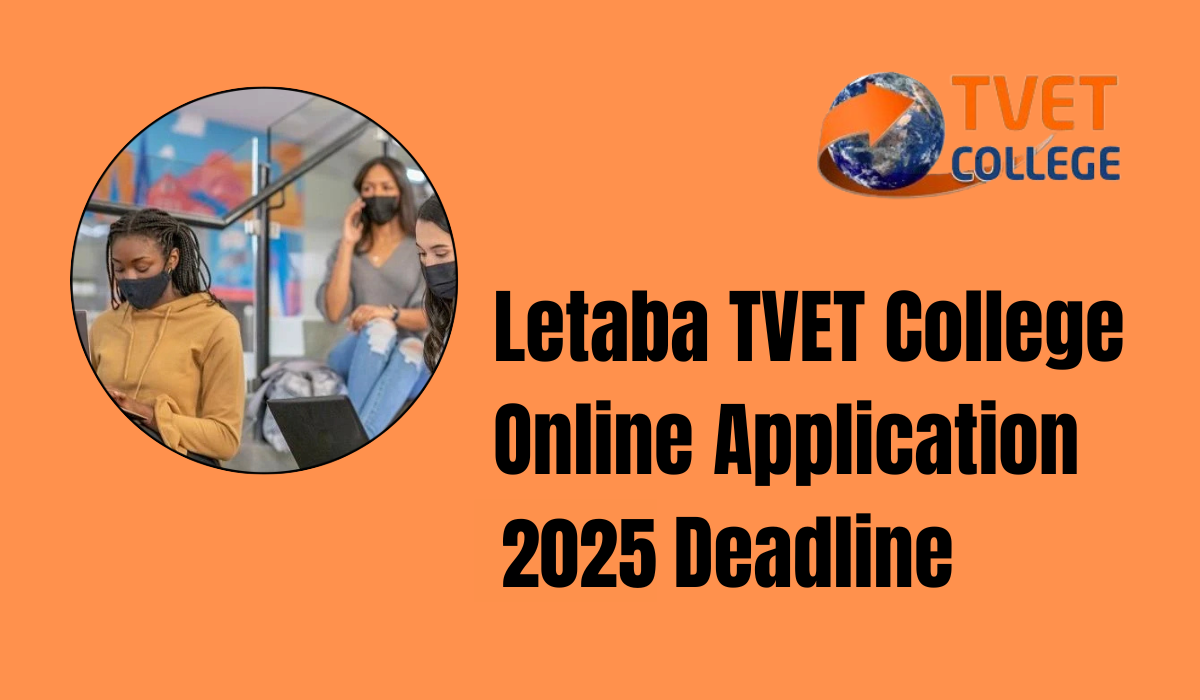Assessing The Higher Education Crisis: Access to Universities in South Africa

Assessing The Higher Education Crisis: Access to Universities in South Africa. In South Africa, the dream of stepping into a university hall after matric is powerful. For many young South Africans, especially those who would become the first in their families to attend a tertiary institution, gaining a university education represents more than just earning a qualification it symbolises breaking the chains of intergenerational poverty and unlocking a future of socio economic empowerment.
However, the stark reality is that despite years of dedication, many matriculants find the doors to higher education tightly shut. This is not due to a lack of capability or aspiration but rather the systemic constraints within South Africa’s higher education landscape.
The daunting numbers: demand versus availability
Consider this: in 2023, a record 337,158 matriculants qualified for Bachelor’s admission. Yet, across all 26 public universities in South Africa, there were only around 202,000 first-year places. To deepen the perspective, 19 universities received over 4.2 million applications for approximately 131,000 first-year spots. This mismatch highlights the higher education crisis confronting the country.
| Metric | Figures (2023) |
|---|---|
| Matriculants qualifying for Bachelor’s | 337,158 |
| First-year places at universities | 202,000 |
| Applications to 19 universities | 4.2 million |
| Total public universities | 26 |
| Target enrolments by 2030 (NDP) | 1.6 million |
This crisis is compounded by South Africa’s Gross Tertiary Enrolment Ratio (GTER) which, at 24.3%, lags significantly behind the global average of 40% and the upper-middle-income average of 52.2% (UNESCO 2023).
Beyond universities: the bigger Post-School Education and Training (PSET) landscape
The Department of Higher Education and Training’s 2023 PSET report provides a broader view. The system encompasses:
- 26 public universities (HEIs)
- 131 private HEIs
- 50 TVET colleges
- 149 registered private colleges
- 9 Community Education and Training (CET) colleges
Despite this variety, the reality is that public universities remain the most sought-after institutions. According to Prof Andre Keet of Nelson Mandela University, more young South Africans gravitate toward universities than TVET colleges. This trend is, he warns, both unsustainable and undesirable, given the low throughput rates at TVETs (below 50%) and their high graduate unemployment.
The prestige problem: TVETs versus universities
Prof Keet underscores that rather than an uncritical expansion of universities, South Africa should be focusing on fixing and elevating the TVET sector. He argues for generating a sense of status, prestige, and quality within TVET institutions to attract top academic staff and deserving students.
“The solution is not just building more universities but creating a balanced, integrated public-private system that truly serves the socio-economic needs of the country,” Keet said.
Private sector potential and the funding gap
Dr Linda Meyer, managing director at IIE Rosebank College, echoes similar sentiments, noting that the private higher education sector is growing robustly but remains excluded from crucial state funding, infrastructure grants, and bursaries like NSFAS.
This exclusion, she points out, is hindering equity and national growth. In 2023, while over 572,983 full-time matric candidates wrote the NSC exams, 278,814 qualified for Bachelor’s, 182,056 for Diplomas, and 111,612 for Higher Certificates—totaling over half a million learners eligible for post-school education.
Yet, with public universities only able to accommodate roughly 208,299 first-year students, this left more than 360,000 qualified young people without placements.
Inequality in geographic access
Socio-economic inequality further deepens the crisis. Public universities are largely concentrated in urban centres, making rural provinces like Limpopo, the Northern Cape, and parts of the Eastern Cape severely under-served.
| Province | Access to Universities | Notes |
|---|---|---|
| Gauteng | High | Largest concentration of HEIs |
| Western Cape | High | Home to top-ranked universities |
| Limpopo & Northern Cape | Low | Few to no public university campuses |
This urban bias not only exacerbates rural poverty but also means many deserving students either relocate at high cost or forgo higher education entirely.
Universities as long-term infrastructure investments
Education is not just about individual upliftment; it is a national strategic asset. Dr Meyer advocates that universities must be seen as critical infrastructure investments, akin to energy or transport, due to their role in innovation, research, and regional economic growth.
The government’s National Infrastructure Plan 2050 prioritises energy and transport, but experts argue it must equally embrace education infrastructure, including developing decentralised campuses, digital learning hubs, and modern CET centres to reach marginalised communities.
The socio-economic stakes
Access to higher education is directly tied to employment and economic security. According to the ILO (2023), individuals in emerging economies with tertiary education can earn 70% to 100% more over their lifetimes compared to less-educated peers.
| Education Level | Unemployment Rate (Q1 2025) |
|---|---|
| Graduates | 11.7% |
| General youth (15–24) | 62.1% |
This stark contrast illustrates how tertiary education shields youth from chronic unemployment. In a country where over 55.5% live below the upper-bound poverty line, investing in a diverse and accessible education system is not optional it is urgent.
Diversification: more than just Bachelor’s degrees
It’s essential to remember that higher education isn’t only about Bachelor’s degrees. Higher Certificates and Diplomas provide critical pathways for students from under-resourced schools, offering credible routes to employment and further learning.
Dr Meyer stresses that investing in both public and private institutions that offer diverse qualifications is key to breaking the poverty cycle and ensuring that higher education serves all socio-economic segments.
Government efforts: CET as the “soul of inclusive education”
Deputy Minister Buti Manamela recently described Community Education and Training (CET) as the “soul of inclusive education.” The 2025/26 budget commits R1 billion to CET infrastructure upgrades, focusing on:
- Digital labs to bridge the digital divide
- Repurposing over 200 unused schools into CET centres
- Rolling out skills programmes in 100 rural and township communities
“We will place women and youth at the centre of our skills revolution,” Manamela declared.
Moving forward: an integrated approach
South Africa needs a coordinated public–private investment framework to unlock:
- New campuses and CET hubs
- Blended learning partnerships with universities and TVETs
- NSFAS or similar funding for accredited private institutions
Only then can we create a healthy post-school ecosystem that meets both the aspirations of young people and the socio-economic imperatives of the nation.
FAQs About Higher Education Crisis in South Africa
Why is there a higher education crisis in South Africa?
Ans: The crisis stems from too few university places relative to the number of qualifying matriculants, compounded by urban-centric universities, underfunded TVET colleges, and lack of support for private institutions.
How does tertiary education affect employment prospects in South Africa?
Ans: Graduates enjoy an unemployment rate of just 11.7%, compared to 62.1% for youth overall, highlighting tertiary education as a shield against long-term unemployment.
What is being done to improve access to higher education?
Ans: The government is investing in CET centres, exploring blended learning, and there are proposals to integrate private HEIs into national funding schemes. Experts also advocate elevating the TVET sector’s prestige and quality to balance the system.
Conclusion
For South Africa, solving the higher education crisis means more than building new universities it means reimagining the entire post-school education system. A diversified, well funded network of public and private universities, TVET colleges, and CET centres will ensure every young South African has a pathway to personal and economic success. This, ultimately, is how the nation can truly break the chains of poverty and set a course for inclusive growth.












